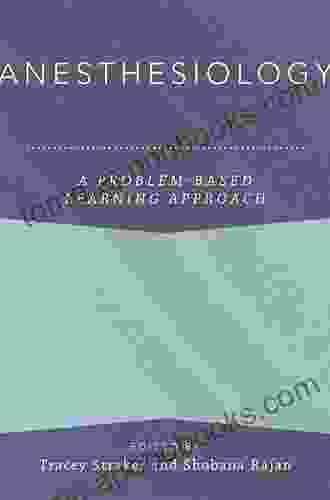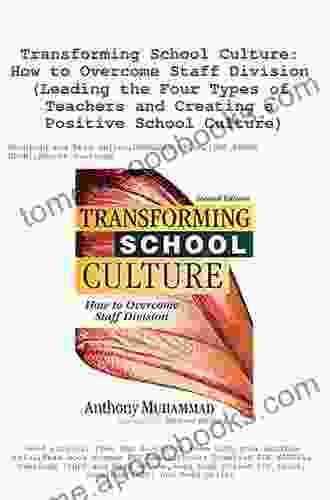Unlocking the Power of Learning: A Comprehensive Exploration of the Problem-Based Learning Approach

to Problem-Based Learning (PBL)
In the ever-evolving landscape of education, Problem-Based Learning (PBL) has emerged as a transformative approach that empowers learners to acquire knowledge, develop critical thinking skills, and cultivate a deep understanding of complex issues.
4 out of 5
| Language | : | English |
| File size | : | 29501 KB |
| Text-to-Speech | : | Enabled |
| Enhanced typesetting | : | Enabled |
| Print length | : | 636 pages |
| Lending | : | Enabled |
| Screen Reader | : | Supported |
PBL is a student-centered method that involves presenting learners with real-world problems or scenarios. By actively engaging with these challenges, students collaborate to research, analyze, and develop solutions, fostering a deeper comprehension of the underlying concepts and principles.
Benefits of Problem-Based Learning
PBL offers a myriad of benefits for both learners and educators, including:
- Enhanced critical thinking skills: PBL challenges students to analyze, evaluate, and synthesize information to develop informed solutions.
- Improved problem-solving abilities: By facing real-world problems, students learn to apply their knowledge and skills to practical situations.
- Increased knowledge retention: The active engagement and collaborative nature of PBL promote deeper understanding and long-term retention of information.
- Development of lifelong learning skills: PBL fosters an intrinsic motivation for learning, equipping students with the skills to continuously seek and acquire knowledge.
- Enhanced collaboration and communication skills: PBL encourages students to work in teams, developing their ability to communicate effectively and collaborate on complex tasks.
Implementation Strategies for Problem-Based Learning
To successfully implement PBL, educators can follow these key strategies:
- Select authentic and engaging problems: The problems presented should be relevant to the curriculum, challenging, and foster a sense of ownership among students.
- Create a supportive learning environment: Establish a classroom culture that encourages collaboration, open-ended inquiry, and risk-taking.
- Provide adequate time for research and exploration: Allow students ample time to research, gather information, and explore potential solutions.
- Facilitate guided discussions: Support students as they analyze problems, develop hypotheses, and discuss their findings.
- Provide feedback and reflection: Offer constructive feedback to students throughout the process, encouraging them to reflect on their learning and progress.
Impact of Problem-Based Learning
Research has consistently demonstrated the positive impact of PBL on student learning and development. Studies have shown that PBL:
- Improves student engagement and motivation.
- Enhances critical thinking and problem-solving abilities.
- Increases knowledge acquisition and retention.
- Develops lifelong learning skills.
- Fosters collaboration and communication skills.
Through its transformative approach, Problem-Based Learning empowers learners to become active participants in their own education, fostering critical thinking, problem-solving, and lifelong learning skills. By embracing the principles of PBL, educators can create dynamic and engaging learning environments that prepare students to thrive in the challenges and opportunities of the 21st century.
Resources
For further exploration of Problem-Based Learning, refer to the following resources:
- PBL Central
- Problem-Based Learning: A Step-by-Step Guide
- Center for Teaching | Problem-Based Learning
4 out of 5
| Language | : | English |
| File size | : | 29501 KB |
| Text-to-Speech | : | Enabled |
| Enhanced typesetting | : | Enabled |
| Print length | : | 636 pages |
| Lending | : | Enabled |
| Screen Reader | : | Supported |
Do you want to contribute by writing guest posts on this blog?
Please contact us and send us a resume of previous articles that you have written.
 Book
Book Novel
Novel Page
Page Chapter
Chapter Text
Text Story
Story Genre
Genre Reader
Reader Library
Library Paperback
Paperback E-book
E-book Magazine
Magazine Newspaper
Newspaper Paragraph
Paragraph Sentence
Sentence Bookmark
Bookmark Shelf
Shelf Glossary
Glossary Bibliography
Bibliography Foreword
Foreword Preface
Preface Synopsis
Synopsis Annotation
Annotation Footnote
Footnote Manuscript
Manuscript Scroll
Scroll Codex
Codex Tome
Tome Bestseller
Bestseller Classics
Classics Library card
Library card Narrative
Narrative Biography
Biography Autobiography
Autobiography Memoir
Memoir Reference
Reference Encyclopedia
Encyclopedia Arthur Brooke
Arthur Brooke Kyle Robertson
Kyle Robertson Dylan Wiliam
Dylan Wiliam Anthony Heilbut
Anthony Heilbut Arlene B Tickner
Arlene B Tickner Ashleigh Ascoli
Ashleigh Ascoli B H Fairchild
B H Fairchild Ken Foskett
Ken Foskett Antonio J Colmenarez
Antonio J Colmenarez Nathan W Pyle
Nathan W Pyle Mary Ting
Mary Ting Atima Kim
Atima Kim Trish Rubin
Trish Rubin Anthony Dalton
Anthony Dalton B A Vonsik
B A Vonsik Arti Pandey
Arti Pandey Marcus L Broadhead
Marcus L Broadhead Lawrence F Katz
Lawrence F Katz Kahlil Koromantee
Kahlil Koromantee June Mccrary Jacobs
June Mccrary Jacobs
Light bulbAdvertise smarter! Our strategic ad space ensures maximum exposure. Reserve your spot today!

 Alexander BlairA Journey into the Lyrical Realm: Unveiling The Complete Songs Of Hugo Wolf
Alexander BlairA Journey into the Lyrical Realm: Unveiling The Complete Songs Of Hugo Wolf
 Brenton CoxSpooks: Tales of Horror Spooks Boxed Set - Spine-Tingling Tales to Keep You...
Brenton CoxSpooks: Tales of Horror Spooks Boxed Set - Spine-Tingling Tales to Keep You... Harry CookFollow ·19.8k
Harry CookFollow ·19.8k William GoldingFollow ·19.2k
William GoldingFollow ·19.2k Cody BlairFollow ·12.4k
Cody BlairFollow ·12.4k Robert HeinleinFollow ·3.9k
Robert HeinleinFollow ·3.9k Desmond FosterFollow ·5.7k
Desmond FosterFollow ·5.7k Chinua AchebeFollow ·12.4k
Chinua AchebeFollow ·12.4k Cormac McCarthyFollow ·17.4k
Cormac McCarthyFollow ·17.4k Corbin PowellFollow ·7.6k
Corbin PowellFollow ·7.6k
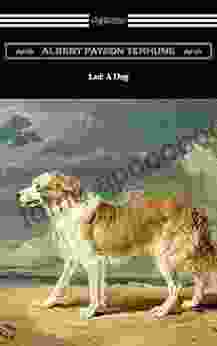
 Gabriel Garcia Marquez
Gabriel Garcia MarquezLad Dog Baby Professor: The Perfect Book for Your Child
Lad Dog Baby...

 Fredrick Cox
Fredrick CoxAn Excerpt With Fifty Ways To Help Animals Promo Books:...
: Embracing Animal...
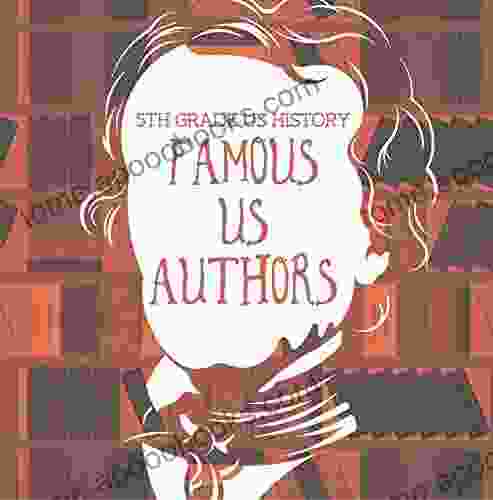
 Kelly Blair
Kelly Blair5th Grade US History: Famous US Authors: Fifth Grade...
Step into a captivating world of historical...
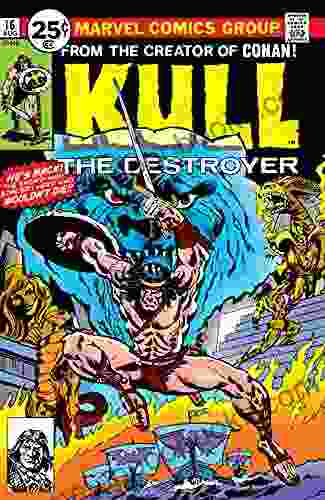
 Natsume Sōseki
Natsume SōsekiKull the Destroyer: A Timeless Tale of Sword and Sorcery
The Creation of a...
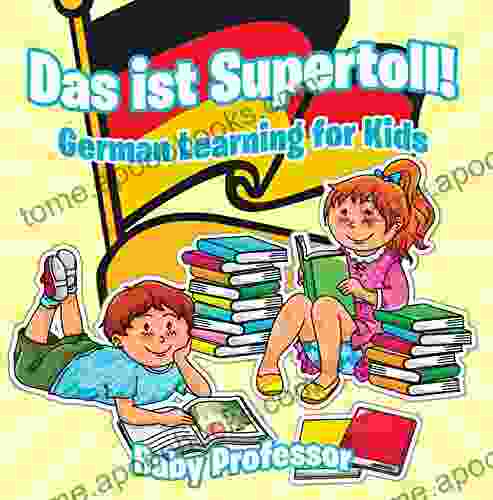
 Jim Cox
Jim CoxDas Ist Supertoll: Unlocking the Magic of German for Kids
Immersive Learning with...

 Bruce Snyder
Bruce SnyderUnlock the World of Quilting for Kids: Discover "Quick...
Are you ready to embark on a delightful...
4 out of 5
| Language | : | English |
| File size | : | 29501 KB |
| Text-to-Speech | : | Enabled |
| Enhanced typesetting | : | Enabled |
| Print length | : | 636 pages |
| Lending | : | Enabled |
| Screen Reader | : | Supported |


